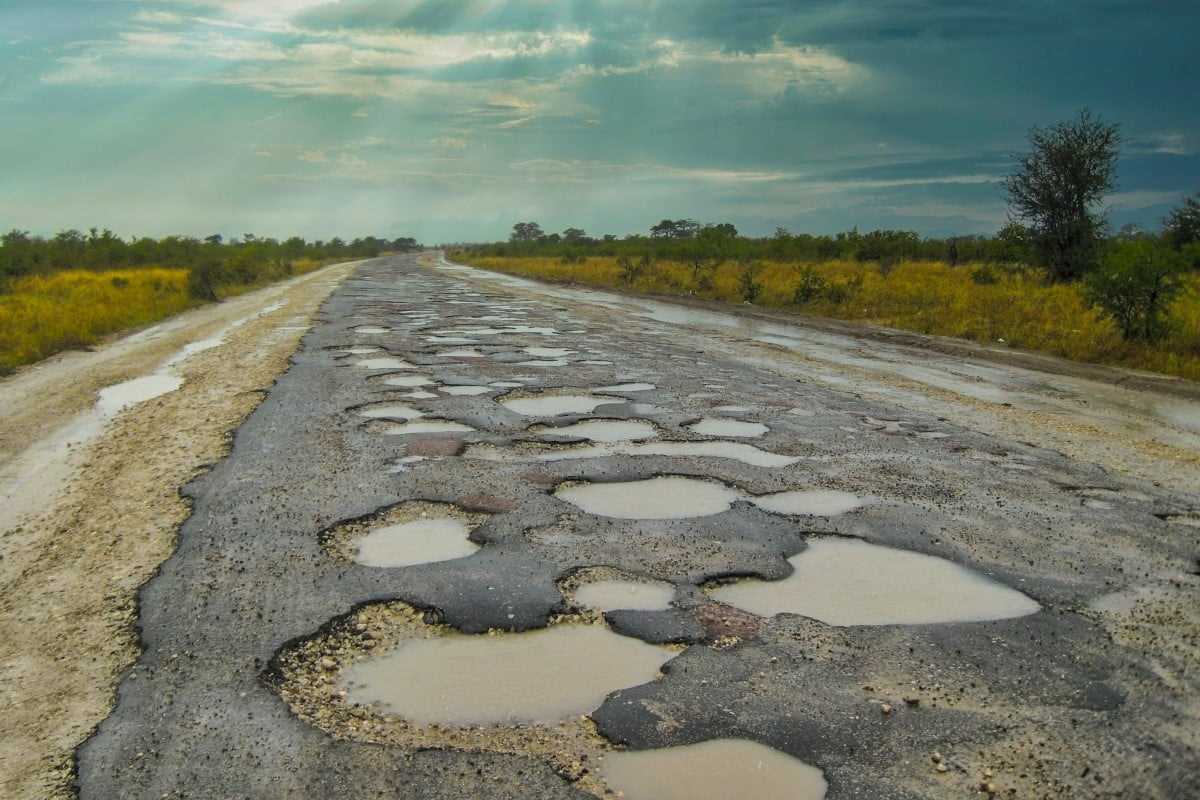
Business Tech- The South African Institution of Civil Engineering (SAICE) has published its 2022 Infrastructure Report Card, painting a bleak picture of the state of roads, rail, water and other infrastructure in the country.
SAICE has been publishing the report since 2006 as a guide for analysts, educators, policymakers and the general public to understand the status of infrastructure in South Africa, as well as the various challenges facing each sector.
The scorecard is based on a simple five-point scale ranging from A (world-class) to E (unfit for purpose), and mainly focuses on public infrastructure and state-owned companies like Eskom, Prasa, Transnet, etc.
In the 2022 report, SAICE found that infrastructure in South Africa is in crisis. The report assessed 32 different infrastructure segments and found only 15 to be “satisfactory” or above (graded C or above), with the remaining segments falling into being ‘at risk of failing’ (D) or ‘unfit for purpose’ (E).
South Africa’s overall infrastructure rating was a D, indicating that infrastructure is not coping with normal demand and is poorly maintained.
“It is likely that the public will be subjected to severe inconvenience and even danger without prompt action,” it said.
Broadly speaking, SAICE said that it is evident that, with the exception of energy generation, economic infrastructure remains in a satisfactory condition. “Even those assets that have deteriorated, such as heavy freight rail and airports, maintain grades of B or C,” it said.
However, the further degradation of social infrastructure paints a dismal picture of the plight that ordinary people face to access basic services of water, sanitation, health, education, public transport and electricity.
Related Stories
“Altogether, the situation cries out for urgent and sustained attention.”
Sixteen years ago, the first report card gave South Africa’s infrastructure an overall grade of D+. The next IRC (2011) noted that the heavy investments in new infrastructure for the 2010 Soccer World Cup had elevated the overall grade to C-.
“We cautioned that this apparent improvement was not cause for complacency. In the following years, it became evident that the poor attitude to maintenance had continued, and this was reflected in the downturn in the subsequent grade to D+ in 2017,” the group said.
In 2022, the overall grade for South Africa’s public infrastructure declined further to D, the lowest grade ever recorded by SAICE, which is of great concern.
The table below gives a broad overview of the status of infrastructure in South Africa, ranked from best to worst condition.
| Infrastructure | Sector | Grade | Description |
| Gautrain | Rail | A- | World-class |
| National roads | Roads | B+ | Fit for the future |
| Fishing harbours | Ports | B | Fit for the future |
| Oil and gas pipelines | Oil and Gas Pipelines | B | Fit for the future |
| Information and communication technology | ICT | B | Fit for the future |
| Eskom transmission network | Electricity | B | Fit for the future |
| ACSA-owned facilities | Airports | B- | Fit for the future |
| Commercial ports | Ports | B- | Fit for the future |
| Heavy haul freight lines | Rail | B- | Fit for the future |
| Water supply in major areas | Water | C+ | Satisfactory for now |
| Universities | Education | C+ | Satisfactory for now |
| Sanitation for major urban areas | Sanitation | C- | Satisfactory for now |
| Waste collection in major urban areas | Solid Waste Management | C- | Satisfactory for now |
| Waste disposal in major urban areas | Solid Waste Management | C- | Satisfactory for now |
| General freight lines | Rail | C- | Satisfactory for now |
| Technical vocational education and training | Education | D+ | At risk of failure |
| Hospitals | Healthcare | D+ | At risk of failure |
| Clinics | Healthcare | D | At risk of failure |
| Public ordinary schools | Education | D | At risk of failure |
| Local electricity distribution | Electricity | D | At risk of failure |
| Paved roads in major urban areas | Roads | D | At risk of failure |
| Paved provincial roads | Roads | D | At risk of failure |
| Bulk water resources | Water | D- | At risk of failure |
| Water supply for all other areas | Water | D- | At risk of failure |
| Waste collection in all other areas | Solid Waste Management | D- | At risk of failure |
| Waste disposal in all other areas | Solid Waste Management | D- | At risk of failure |
| Other municipalities’ paved roads | Roads | D- | At risk of failure |
| Eskom generating infrastructure | Electricity | D- | At risk of failure |
| Prasa passenger lines | Rail | E | Unfit for purpose |
| Branch lines | Rail | E | Unfit for purpose |
| Provincial and municipal unpaved roads | Roads | E | Unfit for purpose |
| Sanitation in all other areas | Sanitation | E | Unfit for purpose |
| Overall grade | D | At risk of failure |
Broadly, this is how the SAICE assessed the various infrastructure sectors in the country:
- Water: Damage due to increased theft, vandalism and service delivery protests divert funding from maintenance and expansion. As consumption grows, supply reliability is decreasing.
- Sanitation: Quality of wastewater treatment is declining, increasing the risk of disease transmission in downstream communities.
- Solid waste management: A lack of waste collection may lead to disease, blockage of drainage systems and general decline in urban and rural landscapes. Private sector operations are performing better.
- Roads: National roads are in decent condition thanks to SANRAL, however secondary and tertiary road networks are deteriorating rapidly, compromising road safety and freight. Most provincial roads are sub-standard and the situation is deteriorating fast.
- Airports: ACSA airports are in good condition.
- Ports: Commercial ports and fishing harbours are generally in good condition.
- Oil and gas pipelines: Despite service interruptions, pipeline owners ensure that they are inspected and maintained.
- Rail: Gautrain and general freight networks are in good condition. However, commuter rail and branch lines have basically collapsed and are in a state of disuse or disrepair. Theft, arson and vandalism are rife. Passenger rail is practically non-existent.
- Electricity: Power infrastructure is steady, but old equipment is running without sufficient maintenance and refurbishment. The effect of this is evident. Equipment is being maintained but cannot keep pace with the deterioration. Municipal distribution was not assessed.
- Healthcare: Inadequate budgets have led to a lack of maintenance, and staff shortages have put healthcare services at risk of collapse.
- Education: Schools are generally not well maintained; electricity and water services are unstable, and migration patterns put infrastructure at risk. In many cases, maintenance and expansion have been delayed.
- ICT: Infrastructure is largely built and managed by private companies. These networks are in good condition and have high maintenance standards, and get a continual cycle of investment.
“With the notable exception of energy generation, South Africa’s economic infrastructure remains in a satisfactory (or better) condition. However, social infrastructure continues to deteriorate.
“Crime and non-payment for services as well as weak institutions lacking appropriate skills and accurate data have contributed towards a further decline in the overall condition of infrastructure since the last SAICE Infrastructure Report Card,” the SAICE said.
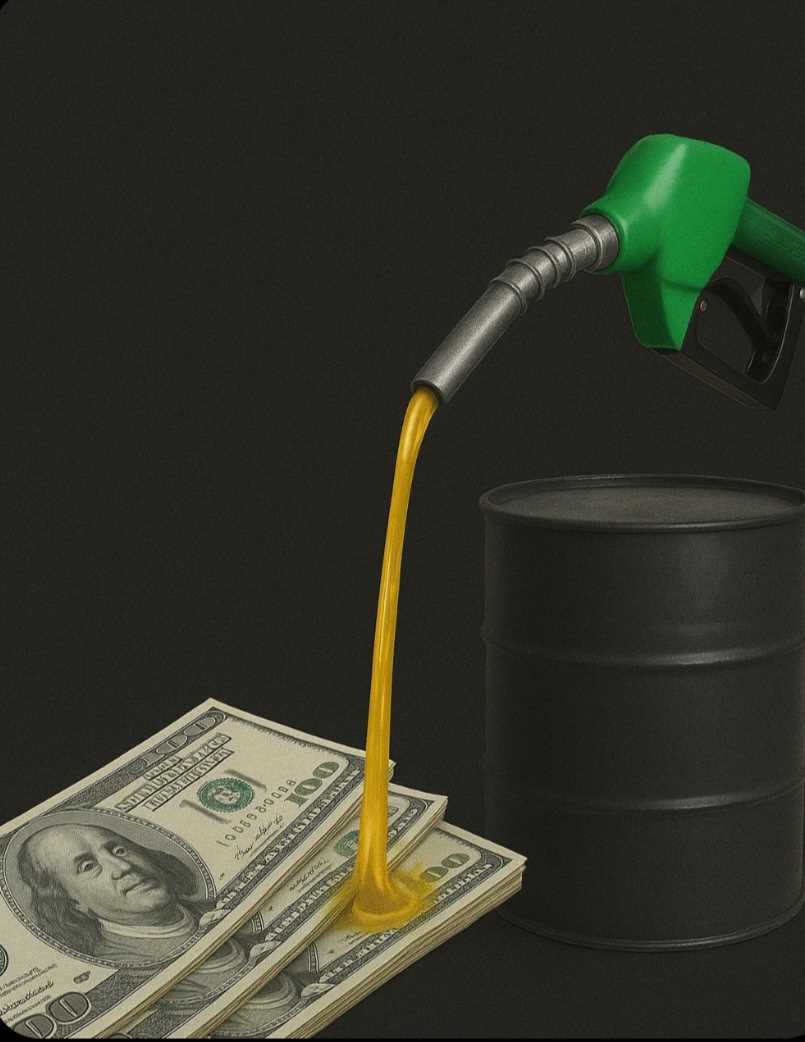



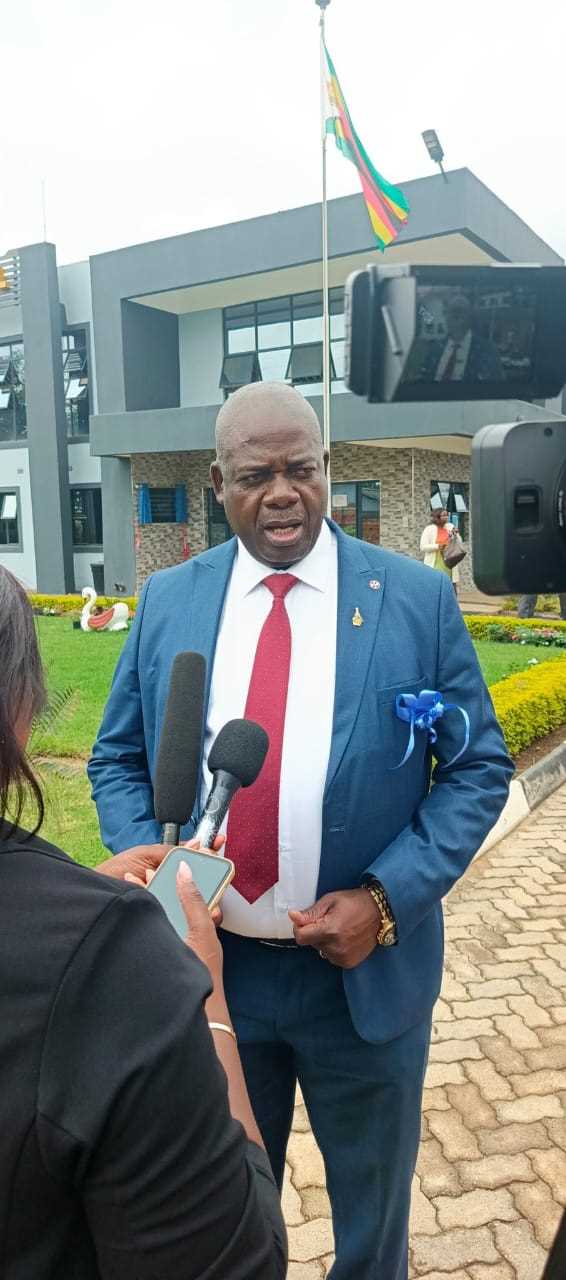
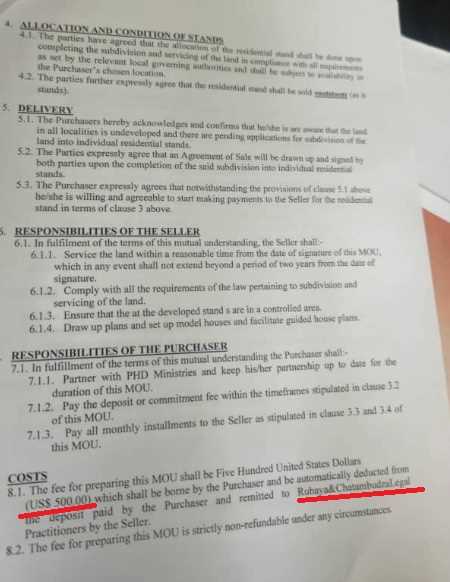

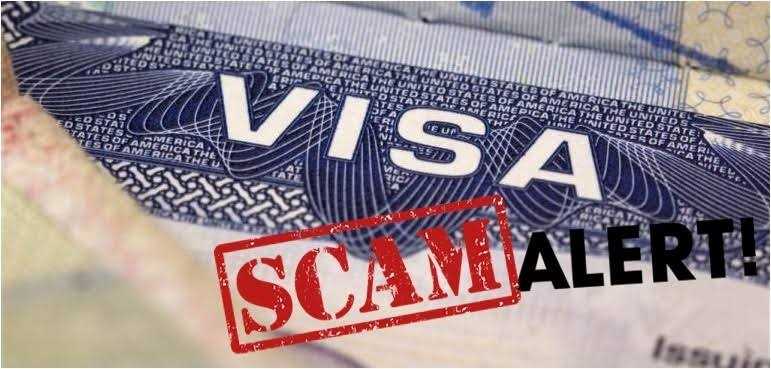


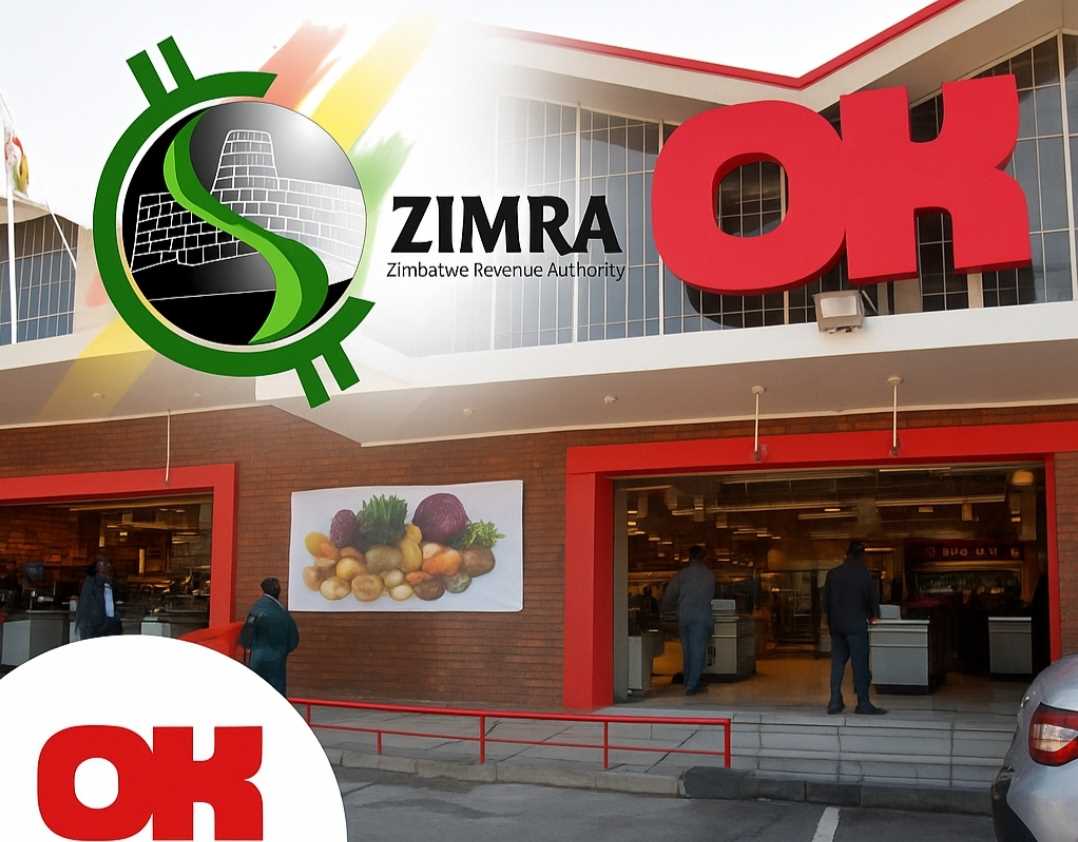
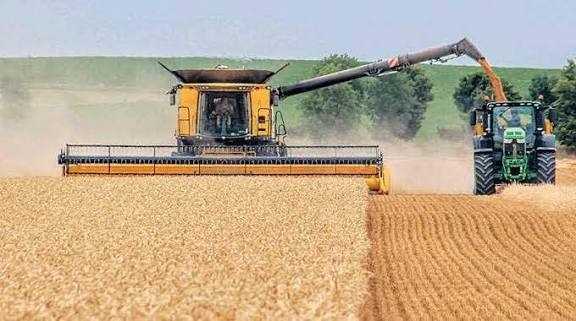
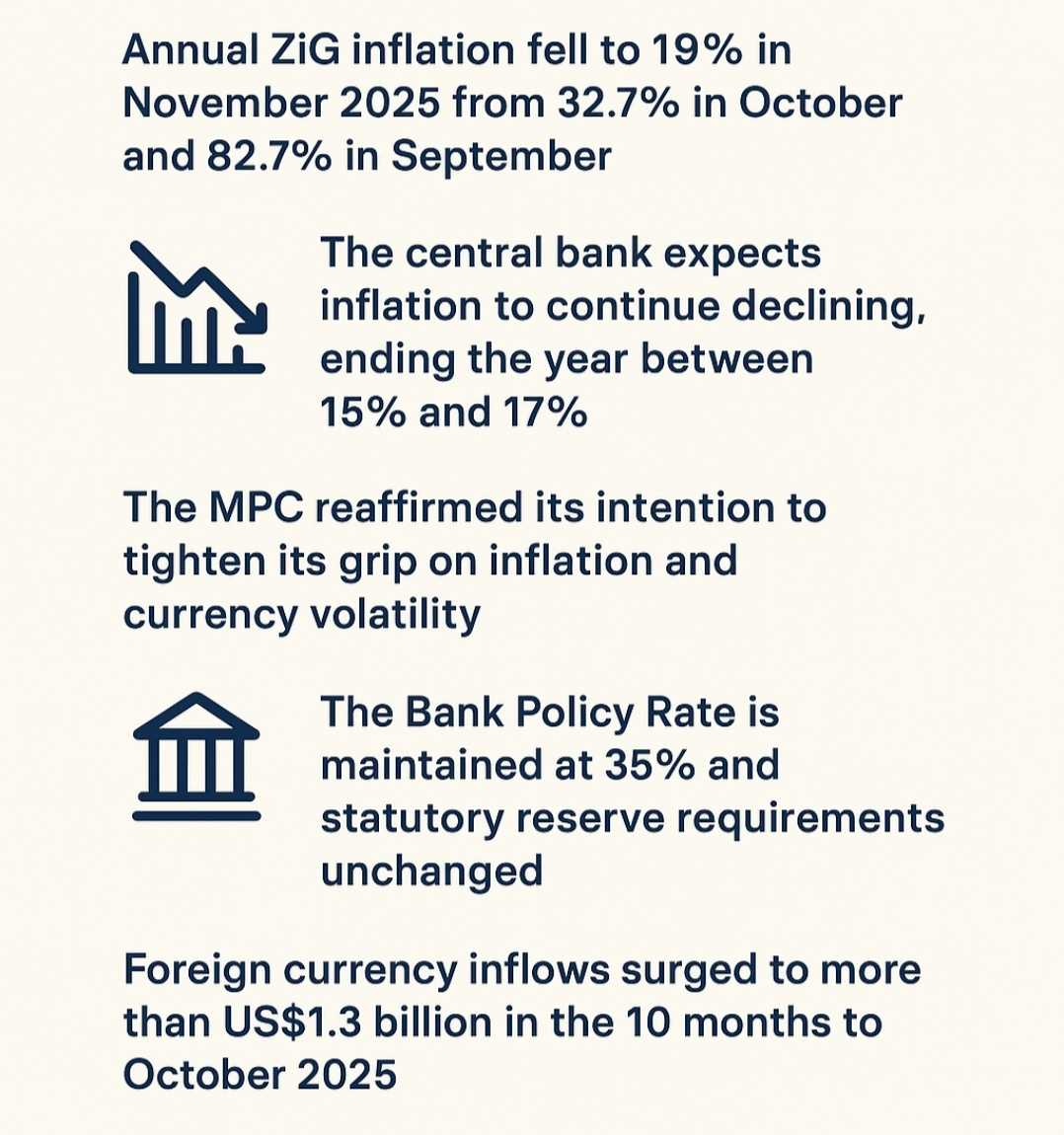

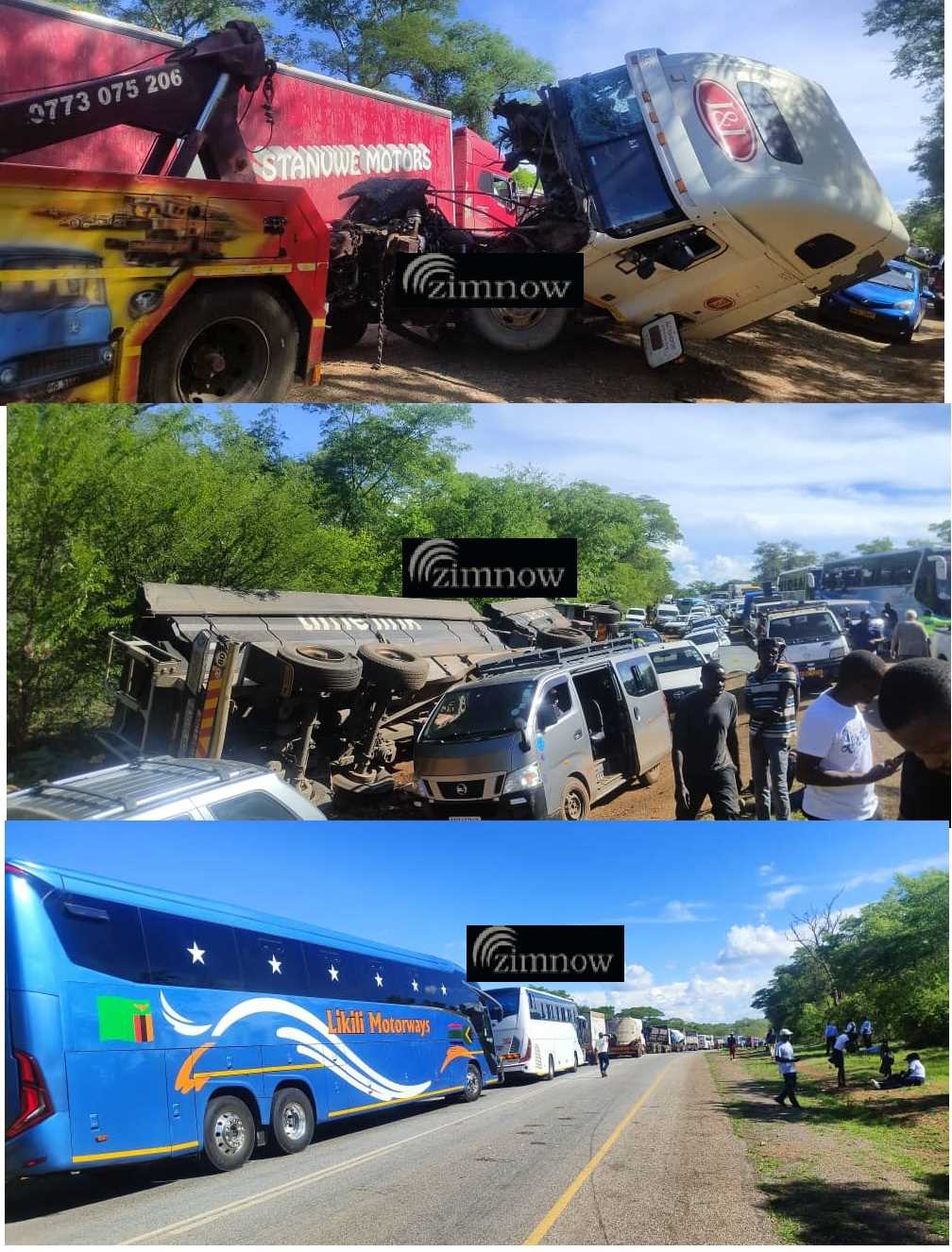
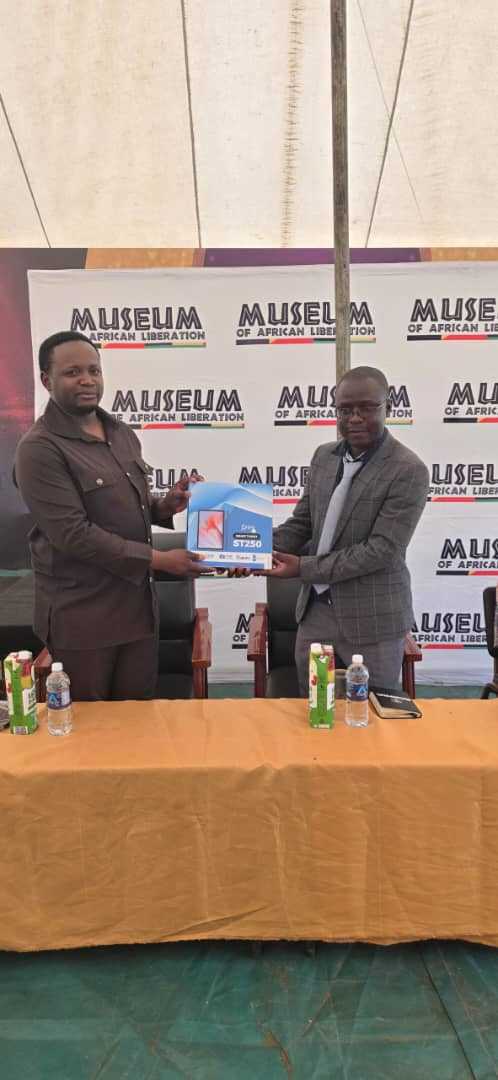
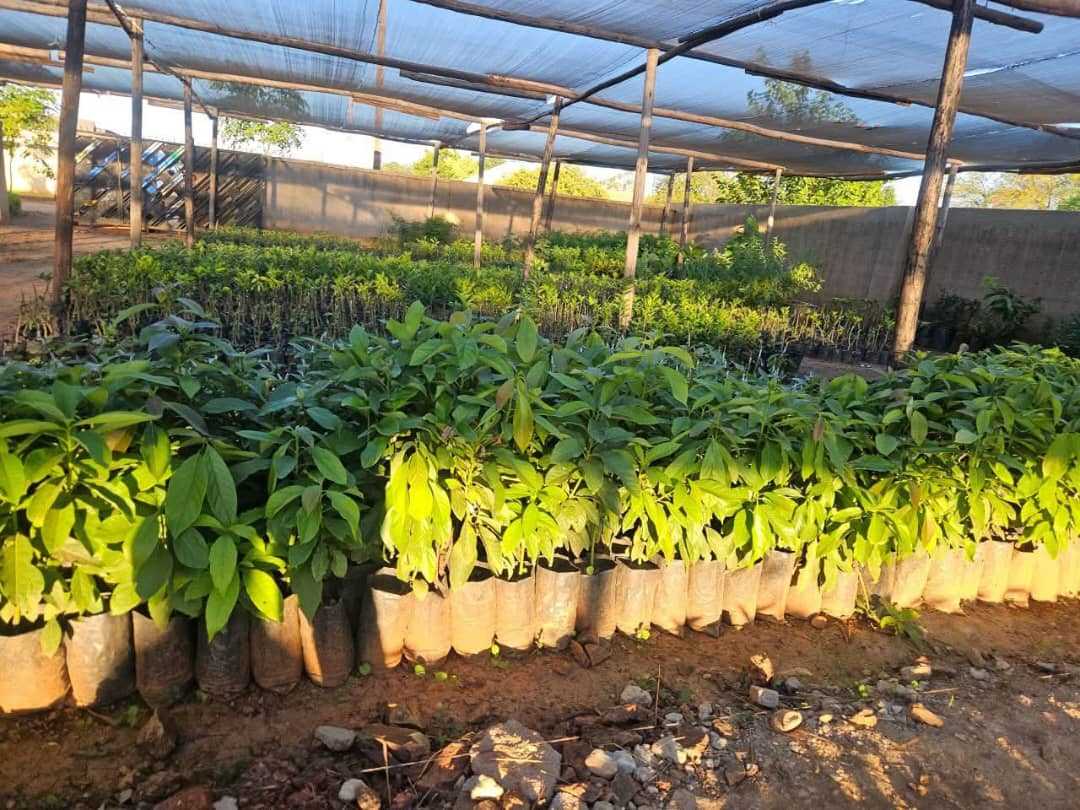
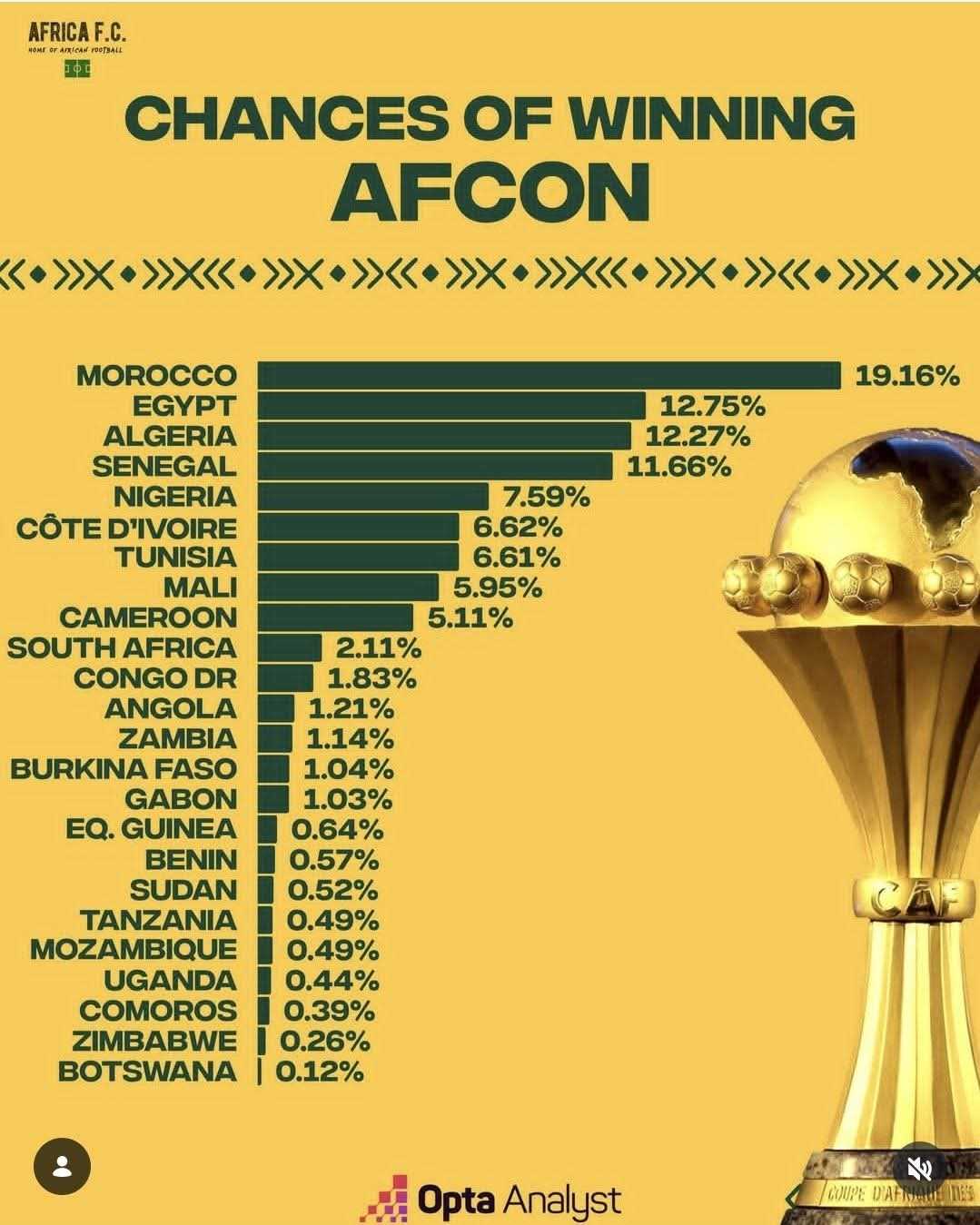


Leave Comments